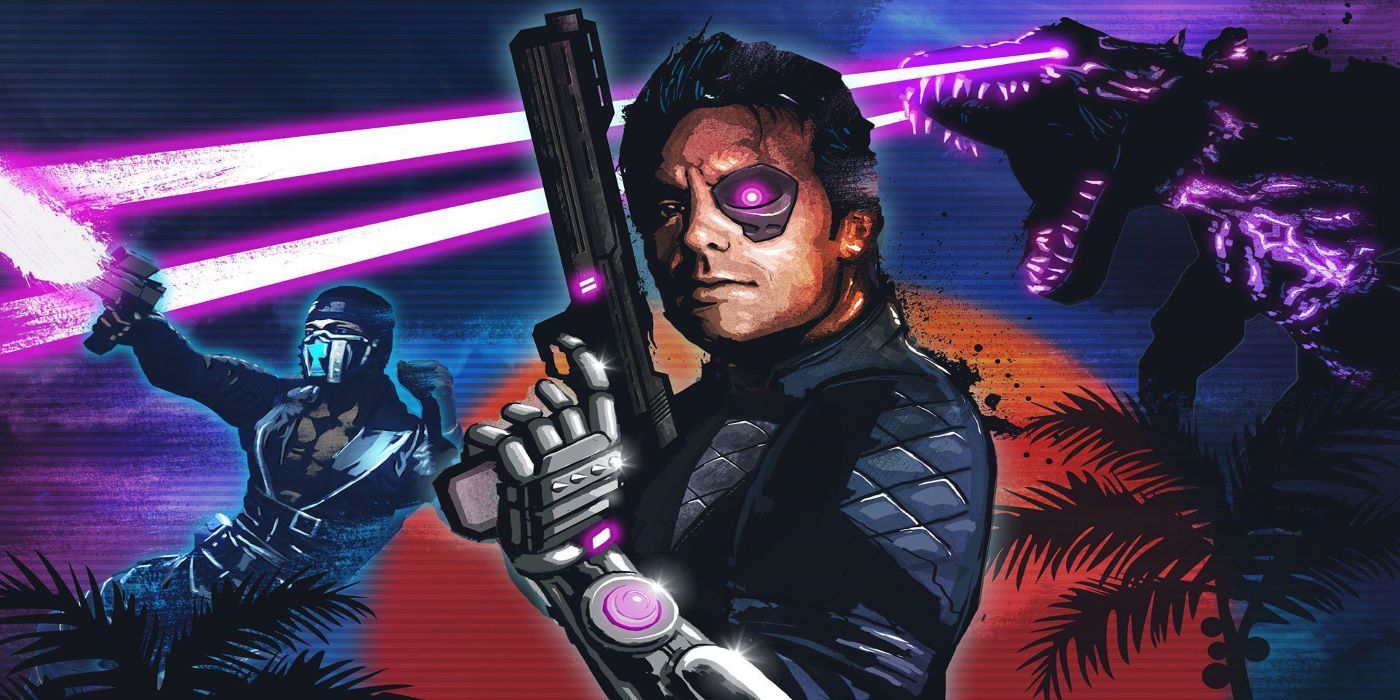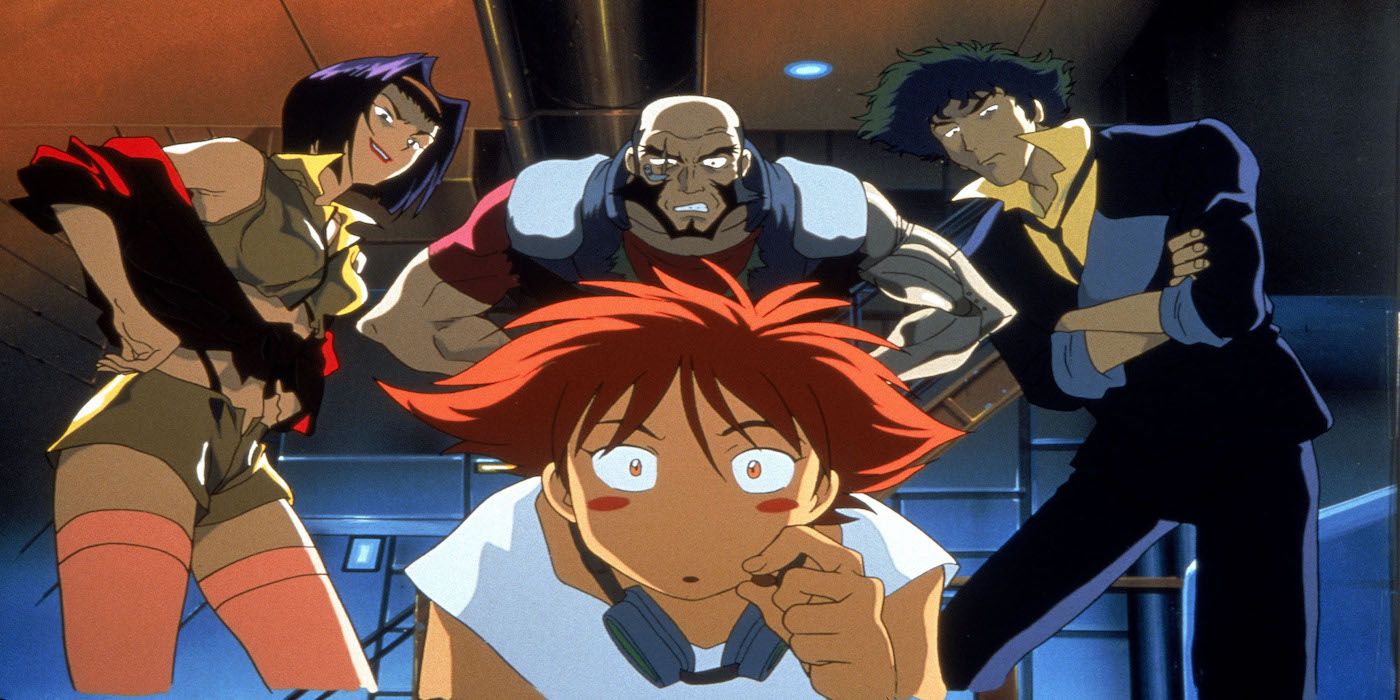Cyberpunk is having a moment right now. Maybe it's just because some of the high-profile stories have been adapted into more popular mediums, or maybe it's because the real world looks more like Blade Runner than it used to. Though the subgenre is more popular than it has been since the 70s, it's also worked its way into the margins of tons of stories that don't make the list.
There are a lot of qualifiers that make a cyberpunk work fit the typical genre conventions. From the obvious parts of the subgenre's name to the typical internal themes, most people know what to expect. However, any work could incorporate a metal arm, an evil corporation, or a gritty neon-lit future city.
Not every project with cybernetic limbs falls into the cyberpunk subgenre. This isn't just meaningless gatekeeping, cyberpunk refers specifically to the mix of "lowlife and high-tech." It's an eclectic mix of dystopian science fiction, body horror, and underground subculture. Compare Cyberpunk: Edgerunners to Cowboy Bebop. Both feature characters with metal limbs, poor oddballs struggling to make ends meet, and a similar level of technology. The difference is that Bebop would never employ a subplot about a company remotely denying access to a character's organs for lack of payment. Divorced from context, cyberpunk just looks extremely cool. Robot limbs are awesome, punk subculture rules, and most stories are about underdogs. However, using cyberpunk for flavor leads to a misunderstanding of the genre's conventions and a reductionist view of the dubious boundaries of sci-fi subgenres in general.
Some of the biggest characters and franchises have cyberpunk variants across their multiverse. Spider-Man and Batman are almost always the two most popular superheroes in the United States. Batman has Batman Beyond, which incorporates a futuristic Gotham City and a handful of evil corporations. Spider-Man has Spider-Man 2099, which takes the entire Marvel universe into a dystopian corporate oligarchy with heroes using advanced technology to rebel. These works reinterpret the existing material into the popular subgenre. However, they also still keep a lot of the superhero format intact. It's tough to imagine Neuromancer or Snow Crash with a comic-book superhero in the leading role. Marvel 2099 and Batman Beyond take the trappings of cyberpunk as a setting, but it doesn't have much of the punk flair that's so key to the world.
One of the most interesting things about the cyberpunk subgenre is the trail of offspring it's left behind over its 50-year rise in popularity. Steampunk is the most popular, but biopunk, atompunk, nanopunk, dieselpunk, and many more. These derivatives are, in many ways, the opposite of works that use cyberpunk for flavor. Instead of borrowing the concepts to spice up an existing work of fiction, they borrow the format and introduce new concepts. The other punks are lowlifes mixed with whatever version of technology caught the writer's attention. Genetic augmentation, old-fashioned engines, clockwork animatronics, or any other unique scientific innovation could be the basis of the setting. These subgenres prove that cyberpunk can have influence beyond its chrome and neon, but other examples remove that narrative power while borrowing the visual signifiers.
Look at James Cameron's Avatar. They've got a technocratic company that oppresses the surrounding environment, they have neural immersion technology, and they even have a ruined Earth in their rearview mirror. No one is arguing Avatar represents cyberpunk, however. Not just because no one seems to have grafted a gun to their arm, but because it doesn't hit any of the same themes. Avatar is fantastical whereas cyberpunk is grounded. The heroes of Avatar are defenders of the natural, whereas cyberpunk heroes use the steel of their enemies against them. Cyberpunk is inherently urban, artificial, and technologically advanced. Avatar borrows from a lot of science fiction mainstays, from military sci-fi to old-fashioned space opera, but it also takes a bit from cyberpunk. What does Avatar have to say about the nature of the body, the cost of metal meeting skin, or the rights of the lower class in a technocratic world? Not much. Even the themes of identity explored by the titular Avatar program don't quite come down along the same lines. Avatar is a great example of using cyberpunk ideas without playing in the space.
Cyberpunk is a fusion of elements. Other genres are free to take bits and pieces without fully entering into conversation with the rest of the subgenre. Some people aren't interested in the grim dystopian elements of cyberpunk. Some people just want to imagine a massive steel sword coming out of their chrome forearm without having to imagine the monthly payments and obtrusive DRM involved. Science fiction is often cynical, but as cyberpunk feels closer and closer to realism, it can be hard not to want an escape from the concept. Cyberpunk fans might always prefer the real deal, but there's nothing wrong with having a little bit of fun with the concepts in other genres.



